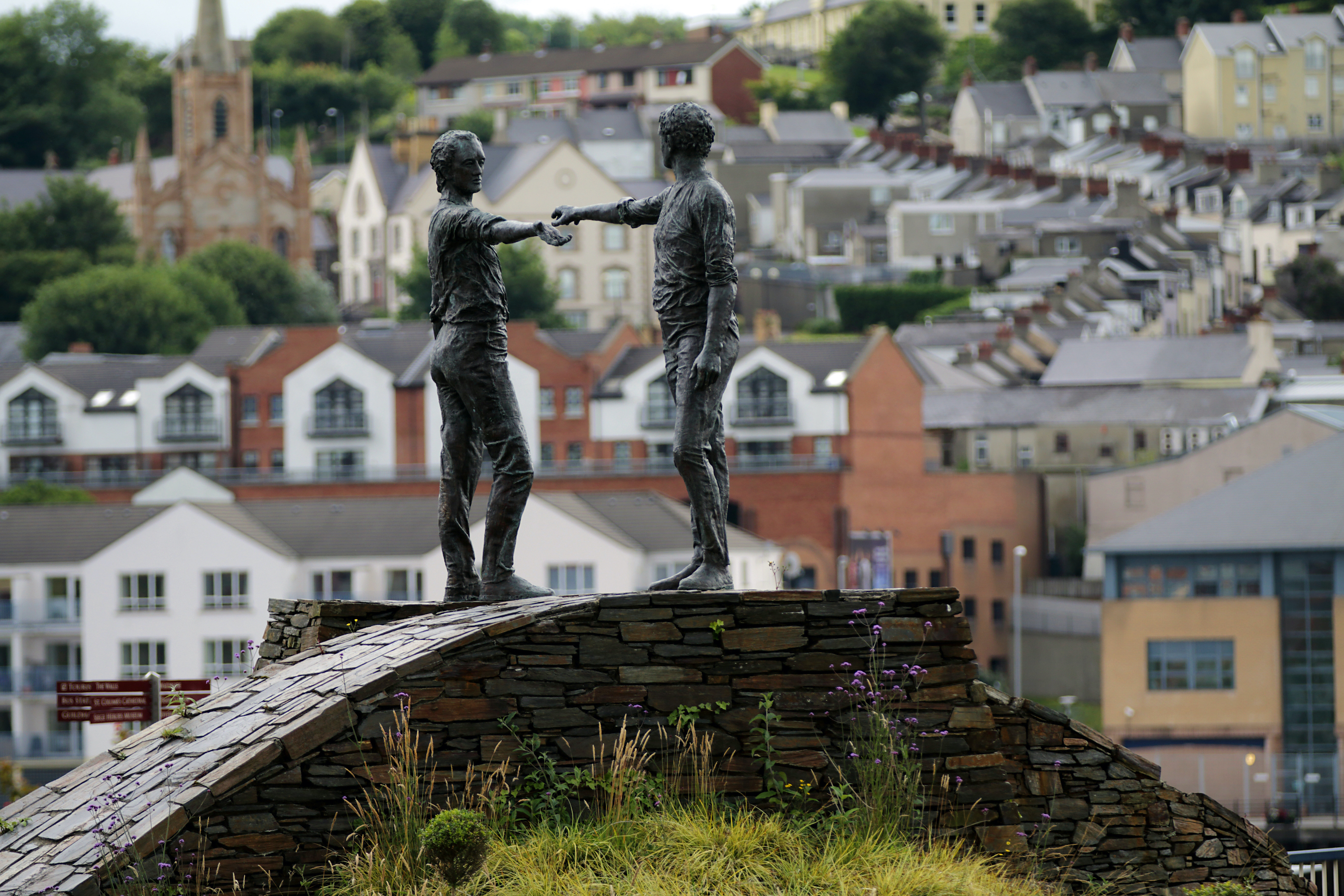When we are faced with an intractable conflict, the first thing that we need to do is try to understand what we’re dealing with. If you blunder around, you can often make things much worse.
Sure enough, there are several essential elements that define intractable conflicts. The first is that, if they’re intractable, they’ve clearly gone on for a long time. Therefore, it’s not just a question of current difficulties, although there are undoubtedly current difficulties in any such conflict. There’s usually a very long history involved. In fact, if there hasn’t been a long history, it would probably have been sorted out some time ago. One side would have been defeated and the other would have taken control. Yet, in these situations, that hasn’t happened.
Also, there are often critical external relationships. For instance, if we think of Cyprus, which has had a long-standing conflict, it’s not just the people who live on the island of Cyprus who are in conflict. Turkey and Greece both have interests in the people and the territory of the island and, more recently, in the offshore territory because of energy deposits. It’s difficult to imagine solving the Cyprus problem unless Greece and Turkey address their relationship.
The same is true in places like Kashmir, for example. India and Pakistan have a long-standing conflict that affects the people of Kashmir. The same was also true in Northern Ireland: Britain and Ireland had a long-standing conflict with each other. Only when changes began to happen in that relationship did the situation improve, say when Britain and Ireland joined the European Communities in 1973. From that point, the two began to have a different relationship, which started to make it possible to look at the intractable conflict in Ireland.
This also shows that intractable conflicts are not susceptible to resolution just at any time. Sometimes you have to be very patient for the external circumstances to change.
Citizens and political leaders
It’s also crucial that the people themselves want change. This is more than just saying change is needed, but rather understanding that there is a price for peace and the prize of peace. If a population believes that they can still win and have everything they want, they will likely not be prepared to pay the price to make the kind of compromises necessary; peace does not seem like much of a prize to them.
Of course, it’s also essential to have leaders who are creative, courageous, committed and able to assist communities in bringing about those changes. Sometimes you find leaders in external stakeholders who realise that they need to change. That can be helpful, if not prove necessary, because if external stakeholders are keen to get involved, then no matter what the leaders and people internally do, it will be destabilised.
That said, external leaders aren’t everything. They can’t necessarily create the internal leaders, although sometimes they try. The people on the ground will select their leaders in the end. In fact, that’s a vital aspect of leadership, understanding the relationship with followers.
So, all of these are the stars that need to align. Sometimes there are things that one can do to help it all line up, and there are also times when it’s necessary to be patient and wait for changes. Sometimes one has to attempt to address conflicts and make changes in small ways. Moreover, leaders have to be prepared to accept that it may be the next generation of leaders who can actually succeed.
Several stars aligned in the case of Northern Ireland. The first was that Britain was no longer a global power, and it therefore needed to do business with its near neighbours. Its nearest neighbour, of course, is Ireland. The result of this change in geopolitics was that Britain and Ireland joined the European Communities on the same day in January 1973. Following this, ministers and senior civil servants would meet with one another every month in various meetings of the European Communities and the European Union. This began to improve not just the relations between the countries but also between political leaders.
When John Major became prime minister of the United Kingdom, and Albert Reynolds became taoiseach, or prime minister, of Ireland, they already knew each other. They had both been finance ministers in the European Union and had met at Ecofin meetings. As such, Albert Reynolds was able to ring up John Major as a colleague and say to him, ‘I think we can resolve this historical problem.’ As both have explained to me separately, John Major said to him, ‘I really don’t think we can solve it, Albert. But if you say so and you think we should make the effort, then I’m prepared to do it.’ So, there was a communal geopolitical element, but there were also the personal relationships that lined up.
The European project and the wider community
It’s also the case that broader thinking was beginning to change and develop at that time. I was a young psychiatrist working with individual patients in psychoanalytic psychotherapy. I started realising that sometimes you had to incorporate systemic family therapy. This was how I began understanding systems theory and how a systemic approach helps us understand problems in broader relationships. This is true, not just of families and groups, but whole communities and countries.
At the same time, others were coming to this understanding differently. For example, John Hume, the leader of the nationalist SDLP, had understood from his involvement in the European Union how Germany and France had a long, disturbed relationship that had led to many wars. Through the European project, however, they were able to change the systemic relationships within Europe and have a better outcome for all the people. So, Hume realised similar ideas, albeit from a different perspective and a different professional background.
A systemic approach
I first began to understand the systemic approach and the need for it when I was working as a junior psychiatrist with young people with eating disorders such as anorexia nervosa and bulimia nervosa. One of the things that became clear was that it was challenging to make any permanent progress with these young people unless you considered their family setting: there was their individual system, their inner life and their body, then there was the next system, which was the family system in which they were living.
It became necessary to bring members of the family together into the therapy sessions to explore the family’s relationships. This sometimes involved parents or other siblings; however, very often, you discovered it was a historic system because the parents had come together because of both good things and disturbances in their families of origin. Sometimes their families of origin were still around. Maybe Granny was even living in the family, and you had to bring her into the therapy session as well.
Sure enough, if you brought the family in, you could begin to explore related problems, not just the ones in the here and now, but the historical relationships. Then it became possible to change the broader system. Of course, it even goes beyond that because one of the problems for young people with eating disorders is the fashion that implies being incredibly thin is desirable.
Overall, there weren’t just the systems of the family; there were wider systems as well. You couldn’t necessarily do a lot about those systems, but you could sometimes help both the family and the young people question those values, which could be helpful.
Indeed, this notion of systems can be applied not just to individuals, families and local communities but the networks of relationships between countries and broader communities. Changes in those arenas, for better and worse, impact local relationships. You have to think about these issues and understand these dynamics when you’re working in politics, particularly the politics of conflict.


